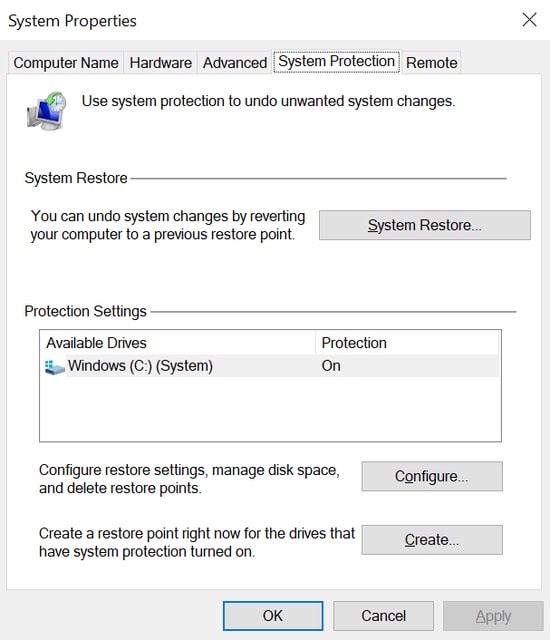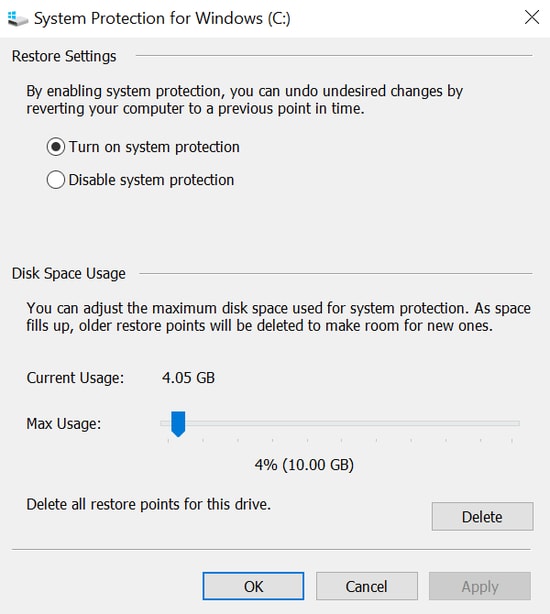Travel back in time with the System Restore feature on your Windows 10 PC. The restore point functionality is intelligently created to serve as a fail-safe when your system undergoes some major changes. Whether you suffer a failed installation or a malware attack the system restore points on Windows 10 PC takes you back to the previous working state where it was performing smoothly.
In this guide, we will walk you through effective ways on how to do a system restore on Windows 10 laptop or desktop computer.
Microsoft Windows is undeniably one of the most preferred and used operating systems worldwide. It is pretty robust and is well equipped to recover from any situations that might obstruct it from working properly. However, even this powerful tool can fail at times and requires manual intervention.
The latest Windows OS versions are powered with various recovery tools including system restore points. Although we hope that you never face system issues, there is no harm in familiarizing yourself with some of the recovery options available that you can use to ensure a smooth system working.
System Restore option is set on the disable mode by default. Here is how to enable system restore points on Windows 10 PC.




Read Also: Top Data Recovery Software for Windows
Once the system restore option is enabled on your Windows PC it will automatically create restore points whenever your system undergoes drastic changes. However, experts recommend creating them manually to ensure the utmost safety.
Follow the below-mentioned steps for creating windows 10 system restore points.
This whole process will help you create restore points and will provide an easy option to undo changes and restore the computer to an earlier date on windows 10.
If while updating your computer system or while doing certain changes you run into issues then use system restore point to undo the changes.
In case you can still access your desktop, follow the below guide to undo system changes using system restore point on Windows 10.
Read Also: Free Disk Partition Manager Software for Windows 10
If you are facing issues starting your device or your desktop fails to work properly, then use the Advanced setup option to access system restore points.
If you are unable to access your computer system use the below method to access System Restore.
Read Also: Best Windows Disk Cloning Software
The above-mentioned procedures provide a simple way to restore a computer to an earlier date on Windows 10. The good part is that these steps also work equally well on earlier versions of Windows OS, including 7 and 8.
Here we would like to point out that system restore points do not provide an alternative to system backups. If your device is facing unrepairable issues and repeated physical errors then there are high chances that you may face data loss. We recommend you to create regular system backups to combat data loss. Lastly, before bidding adieu, if you found this article helpful, then subscribe to our newsletter to keep yourself updated with the latest developments and technology-related blogs.
If you wish to download and update the RNDIS device driver for Windows 10/11 or…
In the event that you are interested in executing the Bose Headset drivers download and…
If you are also facing the Guided Access not working issue on your iOS (iPhone)…
If you are looking for the best privacy screen protector to use the smartphone freely…
If you are looking for the perfect alternative to Apple Pay, refer to the Apple…
How to scan documents on an iPhone? If you have the same question, then you…